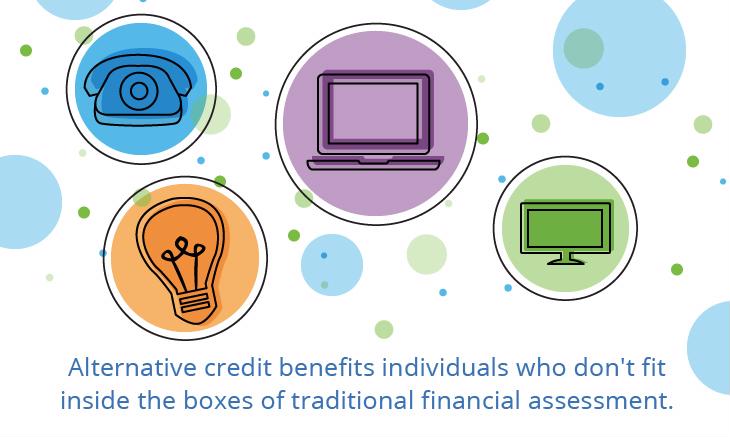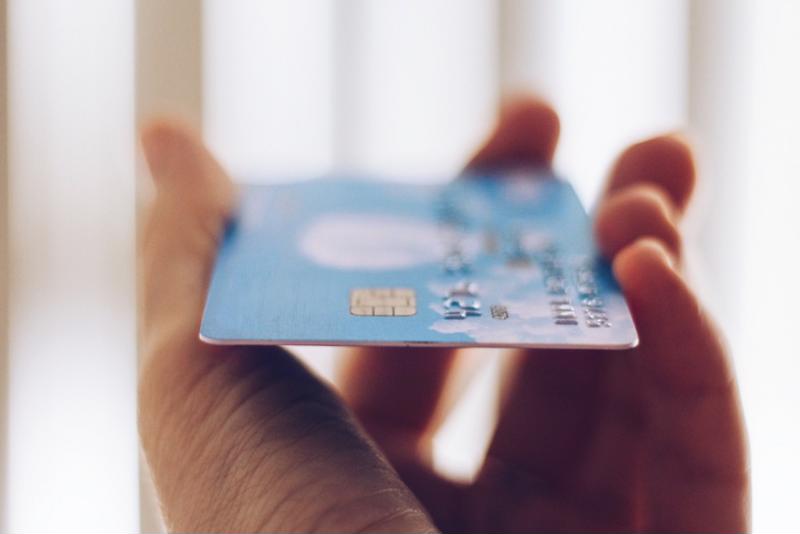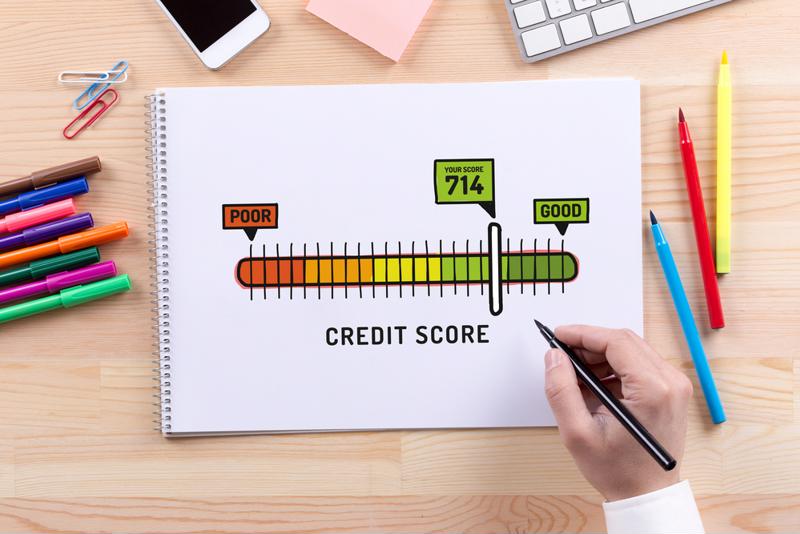What is alternative credit data and how can you use it?

The first "credit cards" surfaced at around the turn of the 20th century, as pointed out by PYMNTS. Those credit markers weren't actual cards, but rather often awkwardly shaped metal plates - objects more akin to oversized tokens than anything even remotely resembling the small, sleek, microchip-enhanced pieces of plastic that consumers rely upon so much today. By contrast, the concepts of credit and money-lending - and all of the concerns tangential to those fiscal principles - are considerably older than that, dating back hundreds and arguably thousands of years, to the dawn of commerce. In essence, only the tools and resources have changed; the core principle of credit is still "buy now, pay later."
"Alternative credit data is ultimately a more open-minded approach to basic credit principles."
More than 100 years ahead of when prototypical credit cards emerged, the financial services industry is facing another turning point, albeit one that has been more subtle in its progression than some transitions of the past: the rise of alternative credit data and the different ways of looking at credit that such information allows for. This way of looking at individuals' credit can benefit consumers and businesses alike. But in the world of finance, institutions sometimes become set in their ways and their old habits die hard. As such, alternative credit data is sometimes misunderstood.
In the interest of correcting this problematic perception, Microbilt presents our definitive guide on the precise nature of alternative credit - what it is, how it became a form of financial assessment and its potential value for decades to come:

A categorization of everyday data
Arguably, the most fundamental aspect of alternative credit data lies in the fact that it isn't particularly "alternative" at all. More often than not, information that falls under the umbrella of this category is something that the individuals whose financial status it describes think about and deal with every day. This includes but is by no means limited to the following:
- Monthly rent or mortgage payments.
- Installments paid back to fulfill a student loan obligation.
- Utility bills (water, electric and gas).
- Payments on insurance policies (auto, home, renters, et. al.).
- Cable, internet and phone bills (including mobile).
- Gradual payback of rent-to-own agreements.
- Child support, alimony or other legally mandated payments.
The specifics of the information collected and monitored vary depending on the institution or organization collecting such data, and because a fair amount of it is quite sensitive, some people will have more alternative credit data on file for them than others, based on what they permit a creditor to look at. Once compiled, these statistics will be scored according to the rubric at the heart of the organization's scoring model, coming up with a final figure not dissimilar to those seen in conventional credit scores but often with a different low-to-high range - 100 to 850 instead of 350 to 850, for example. This number is then used to gauge the general financial responsibility of an individual and the likelihood they'll repay any loans or financing extended to them.
The notable shortcomings of standard credit scoring
Given that all of the categories of information listed above seem fairly common - the average person deals with at least two or more of them on a periodic basis - it's logical to wonder why the metrics aren't a part of FICO scores or the other common scoring models used by the Big Three credit bureaus. For example, a spokesperson for FICO, speaking with NerdWallet in September 2018, stated that fewer than 1 percent of traditional credit reports and scores include rent payment information. Utility bill information is also uncommon, albeit less so: One of FICO's newer models uses data from LexisNexis as well as certain credit bureau information to factor in utility, cable and telecommunications payments.
"Less than 1% of FICO scores incorporate records of rent payments."
However, that score, first launched in April 2015, only applies to people who hadn't been previously counted by earlier FICO iterations. While it covered a significant number of Americans who weren't on the national credit radar beforehand and gave them greater likelihood of access to new financing opportunities, FICO didn't add utility information to existing scores. Ultimately, lenders debating whether to extend financing for any large sum, like a mortgage or a car loan, often stick to a standard FICO score, which became a staple in credit decision-making not long after its introduction in 1989 and is now in its fifth generation, FICO 8, according to The New York Times. Only major loans, credit cards or home equity lines of credit (and other bank-issued credit lines) count positively toward this credit risk assessment, though almost any debt can affect it negatively.
As such, a loan applicant who collects steady income and covers financial obligations regularly but has a notable debt in the past on their report might be denied due to the latter's effect on a FICO score, with other information ignored. Someone with very little credit history who pays most expenses with funds in their checking account (via withdrawn cash or debit card) could also lose a loan opportunity.

Bridging the gaps
Some alternative credit assessment models date back to the mid-2000s, but they started attracting significant attention as a whole in the aftermath of the 2008 financial crisis. Major banks and lending institutions - having seen the consequences of mortgage lending that was at best reckless, and often blatantly unethical or predatory - were understandably reluctant to offer financing. In numerous cases, they overcompensated for the industry's mistakes and made lending standards too stringent.
Markets abhor a vacuum, and some began to see the mutual value for consumers and institutions of lending to those whom banks were giving a blind eye. Alternative lending businesses sprang up in droves and continue to perform well despite many banks having loosened their financing eligibility requirements. (These firms serve companies as well as individual consumers, with the Biz2Credit Small Business Lending Index reporting a 56.6 percent approval rate for small-business applicants to alternative lenders.)
Alternative credit benefits hard-working individuals who don't fit inside the boxes of traditional financial assessment for various reasons but are fiscally responsible nonetheless. It can also be a boon to the institutions and companies who use its scaling to evaluate customers who seek credit from them: A separate New York Times report found companies using alternative credit data approved up to 20 percent more applicants. Microbilt solutions like Connect can be a data source of significant value to companies looking to attract more consumers while also limiting their exposure to risk, using complex algorithms and a wide-ranging database to identify ideal customers. Ultimately, this can end up forming the basis of business relationships that last for years.
Contact us today to learn more.
